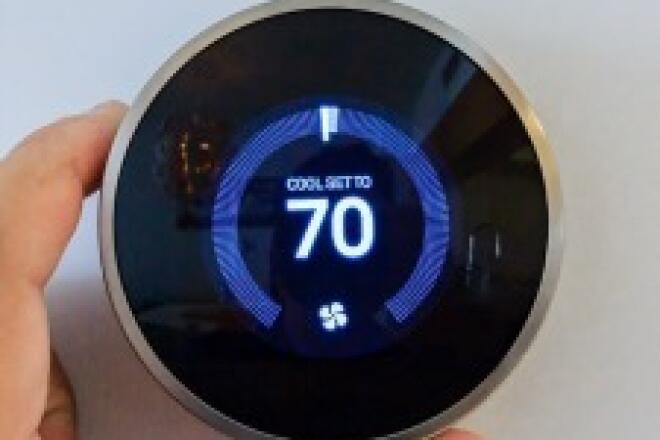
5 Things You Should Know About Heat Pumps
With the heat of summer blazing across the United States, you’ve probably given some thought on how to cool down. One appliance that could help is the humble air-source heat pump.
While common in Europe, Asia and certain regions of the U.S., such as the South, many Americans aren’t familiar with how heat pumps work or why they’re worth the investment.
In this month’s blog, we look at five key things you should know about air-source heat pumps:
1. Heat pumps will both heat and cool your home.
Unlike traditional HVAC systems that require separate units for heating and cooling, air-source heat pumps do it all. In summer, they function like an air conditioner, moving warm air out of your house. In winter, they reverse the process, extracting heat from the outside air – even in cold temperatures – and bringing it indoors.
2. They’re an incredibly energy-efficient HVAC option.
Air-source heat pumps are among the most energy-efficient HVAC options available today. Unlike furnaces that burn fuel or baseboard heaters that use electric resistance heating, heat pumps simply move heat using electricity, which requires far less energy. According to the U.S. Department of Energy, heat pumps can reduce electricity use for heating by up to 50 percent compared to electric resistance heating.
3. Heat pumps lead to lower carbon footprints.
By cutting down on fossil fuels and by using electricity much more efficiently than other electric options, heat pumps lower greenhouse gas emissions significantly. Pair them with clean energy, such as rooftop solar panels or a renewable energy plan from your power company, and your home heating and cooling could become virtually carbon neutral. Even when using non-renewable power, they’re far more efficient and lead to fewer greenhouse gases overall.
4. They are better equipped to deal with a humid climate.
Unlike traditional ACs that cool the air but sometimes leave behind clammy moisture, modern air-source heat pumps actively manage humidity levels. They run longer cycles at lower power, allowing them to remove more moisture from the air, creating a more comfortable indoor environment. If you live in a humid region where mold, mildew and that sticky-air feeling can be a problem, there’s one more reason to consider a heat pump.
5. Heat pump technology has come a long way over the years.
There’s a lingering myth that heat pumps don’t work well in cold climates, which was true with earlier generations of heat pumps. But it’s not really the case anymore. Modern models can efficiently heat homes even when temperatures drop below freezing, thanks to improved compressor technology and smart controls. And cold-climate models are available for certain regions. After all, there’s a reason heat pumps are so popular in Scandinavian counties, like Sweden and Norway.
If you’re interested in making the switch to an air-source heat pump, check out our YouTube video and infographic to learn more. Then, contact your power company to see if they have any rebates available or a directory of trusted HVAC contractors for installation.



